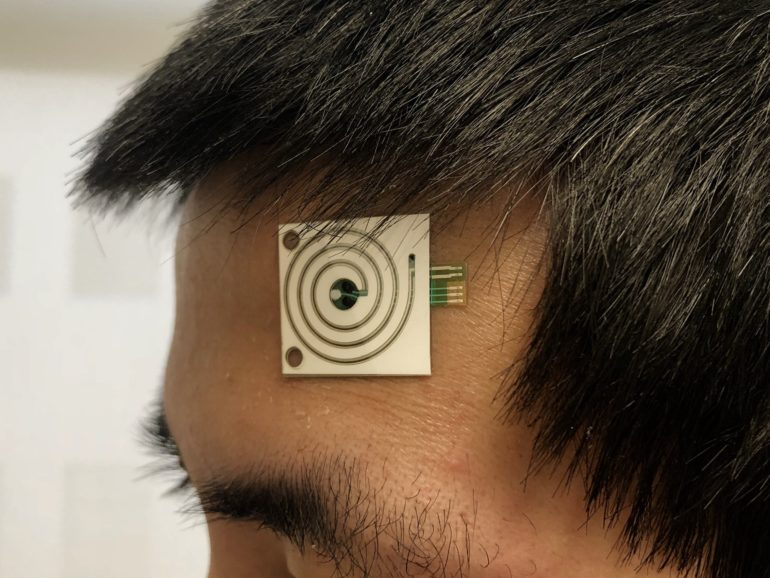Wearable skin sensors that detect what’s in your sweat could one day replace invasive procedures like blood draws and provide real-time updates on dehydration, fatigue, and other health problems.
Researchers used the sensors to monitor the sweat rate, and the electrolytes and metabolites in sweat, from volunteers who were exercising, and others who were experiencing chemically induced perspiration.
“The goal of the project is not just to make the sensors but start to do many subject studies and see what sweat tells us—I always say ‘decoding’ sweat composition,” says senior author Ali Javey, a professor of electrical engineering and computer science at the University of California, Berkeley.
“For that we need sensors that are reliable, reproducible, and that we can fabricate to scale so that we can put multiple sensors in different spots of the body and put them on many subjects,” says Javey, who is also a faculty scientist at Lawrence Berkeley National Laboratory.
High volume, low cost
As reported in Science Advances, scientists have developed a “roll-to-roll” processing technique that can quickly print the sensors onto a sheet of plastic like words on a newspaper.
The new sensors contain a spiraling microscopic tube, or microfluidic, that wicks sweat from the skin. By tracking how fast the sweat moves through the…
